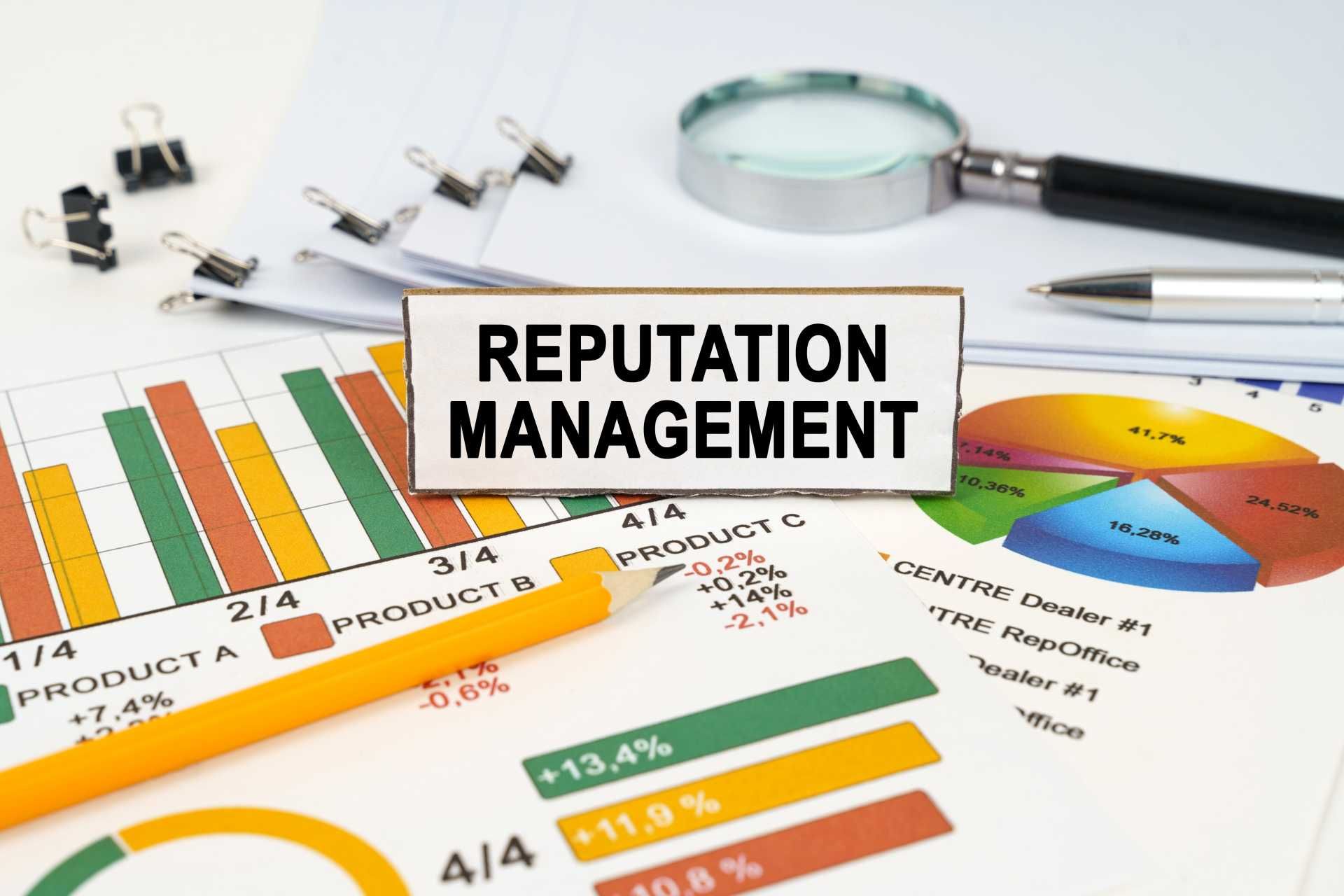How to Respond to Negative Reviews
Did you know that 94% of consumers say a bad review has convinced them to avoid a business? That’s right—just one negative comment online can turn customers away. In today’s digital world, online reviews matter more than ever. But here’s the good news: knowing how to respond to negative reviews can help you build trust and even win back customers.
In this blog post, we’ll teach you how to respond to a bad review the right way. Whether you're a business owner, a manager, or just someone who wants to protect their reputation online, this guide is for you. We'll use real-world examples, simple tips, and show you how to turn negative reviews into positive results.
Why Negative Reviews Matter
Negative reviews might feel personal, but they’re part of doing business online. Instead of ignoring them or arguing, it’s important to see them as a chance to improve and show others how professional and helpful you are.
Here’s why it’s important to respond:
- Builds Trust – People want to see how you handle problems.
- Shows You Care – Replying shows you’re listening and willing to fix issues.
- Can Improve Ratings – Sometimes, a good response can lead to the reviewer updating or deleting their bad review.
- Helps You Learn – Feedback helps improve your service, product, or communication.
Step-by-Step: How to Respond to a Bad Review
Responding to negative reviews takes experience and good judgment. Here’s a step-by-step guide that’s easy to follow:
1. Stay Calm and Take Your Time
It’s normal to feel upset when you read something negative. But don’t reply right away if you’re emotional. Wait a bit, take a deep breath, and read the review again calmly.
2. Acknowledge the Reviewer’s Feelings
Start your response by letting the reviewer know you understand how they feel. You don’t have to agree with everything, but showing empathy builds trust.
Example:
“Thank you for your feedback, and I’m sorry to hear about your experience. We understand how frustrating this must have been.”
3. Apologize if Needed
A simple apology can go a long way—even if you don’t think you were at fault. Be sincere and respectful.
Example:
“We’re truly sorry that our service did not meet your expectations.”
4. Explain Without Making Excuses
If there was a misunderstanding, explain briefly—but don’t blame the customer. Be honest and transparent.
Example:
“We were short-staffed that day, and we understand that affected your wait time. We’re currently hiring more team members to improve this.”
5. Offer to Fix the Problem
Show that you’re taking action. Offer a solution or invite the reviewer to continue the conversation privately.
Example:
“We’d like to make things right. Please email us at support@example.com so we can learn more and offer a resolution.”
6. Keep It Short and Professional
You don’t need to write a long essay. Be clear, polite, and straight to the point. Avoid sarcasm or defensive language.
7. Thank Them for the Feedback
End your response by thanking the reviewer for taking the time to share their experience.
Example:
“Thank you again for your feedback—it helps us do better.”
Negative Review Response Examples
Let’s look at some simple and effective responses to bad reviews:
Review: “The food took forever and was cold when it arrived. Terrible service.”
Response:
“Hi [Name], we’re really sorry about your experience. We’re working on improving our delivery time and food quality. Thank you for letting us know—we take your feedback seriously.”
Review: “Customer support was rude and unhelpful.”
Response:
“Hi [Name], we’re sorry for the way you were treated. That’s not the kind of service we aim to provide. We’ll review this with our team to make sure it doesn’t happen again. Thanks for your honest feedback.”
Review: “Worst experience ever. Never coming back.”
Response:
“Hi [Name], we’re sorry to hear this. We’d love to learn more about what went wrong and see how we can make things right. Please reach out to us directly at [contact info].”
Tips for Managing Online Reviews Like a Pro
- Respond to All Reviews –
Positive or negative, every review deserves a reply.
- Be Consistent – Create a template or tone of voice your team can follow.
- Track Feedback Trends – If multiple people complain about the same thing, fix it fast.
- Don’t Argue Online – Take sensitive issues offline.
- Use Tools – Platforms like Google Business Profile,
Yelp, or ReviewArm can help you manage reviews easily.
E-E-A-T: Why It Matters in Your Responses
When replying to negative reviews, keep these four important principles in mind:
- Experience – Speak from your real experience in the business.
- Expertise – Show you know your service well by offering helpful solutions.
- Authoritativeness – Make it clear that you represent the company and can take action.
- Trustworthiness – Be honest, polite, and professional in all your replies.
These values help you build a strong reputation, not just with the reviewer, but with everyone reading your response.
Final Thought: Every Review is a Chance to Improve
Getting a negative review can feel discouraging. But with the right response, it can become an opportunity. Show that you’re listening, that you care, and that you’re working to do better. People respect honesty and effort, and that’s what builds long-term trust.
Need help managing your online reviews? Try ReviewArm today to stay ahead of your reputation!
FAQs about responding to negative reviews
Why should I respond to negative reviews?
Responding shows customers you value feedback, can resolve issues, and enhances your brand's credibility.
How quickly should I reply to a negative review?
Aim to respond within 24–48 hours to demonstrate attentiveness and commitment to customer satisfaction.
What should I include in my response?
Thank the reviewer, apologize sincerely, explain any corrective actions, and invite further contact if necessary.
Should I address every negative review?
Yes, especially if the review is detailed or public. Addressing them shows you care and can turn a negative into a positive.
How can I use negative reviews to improve?
Analyze recurring issues to identify areas for improvement, adjust processes, and communicate changes to customers.
Disclaimer: The information on this website and blog is for general informational purposes only and is not professional advice. We make no guarantees of accuracy or completeness. We disclaim all liability for errors, omissions, or reliance on this content. Always consult a qualified professional for specific guidance.








